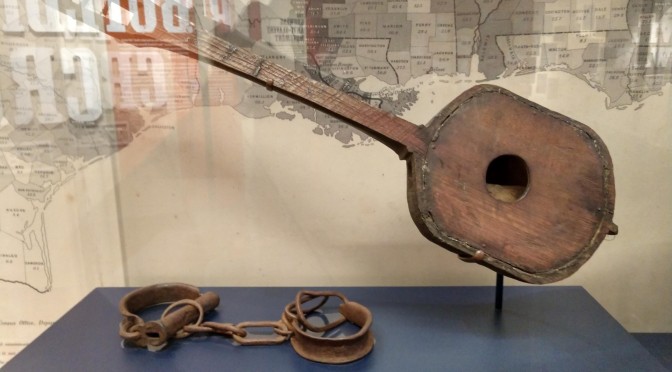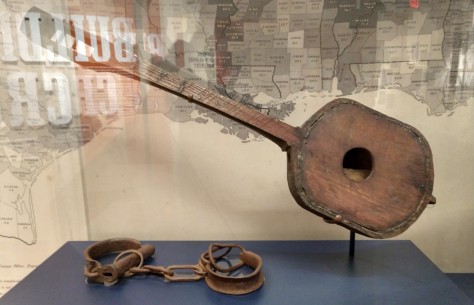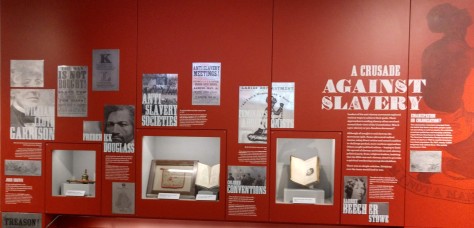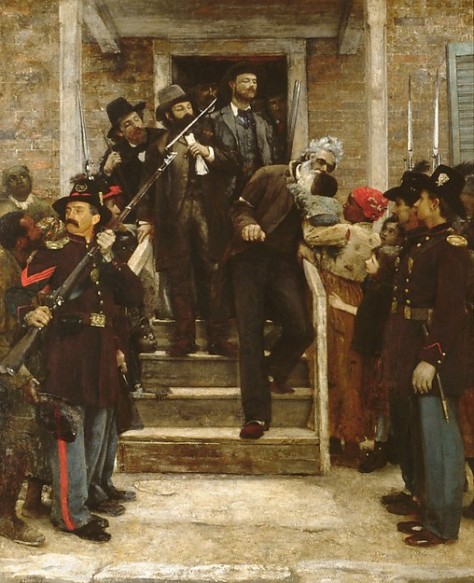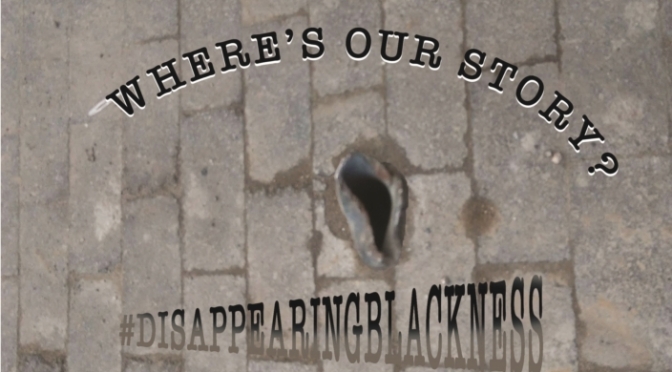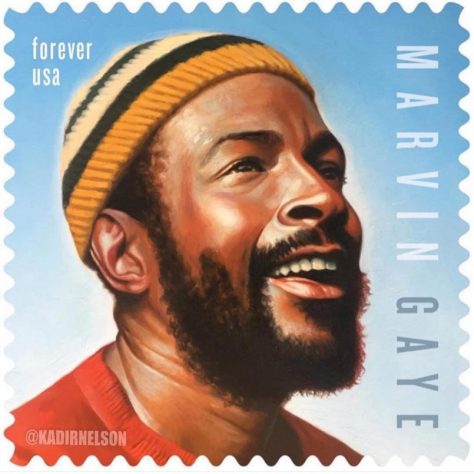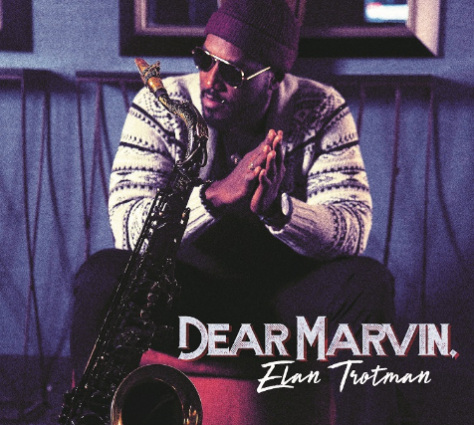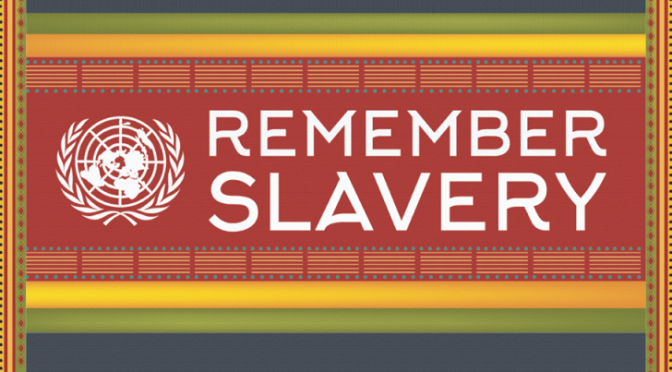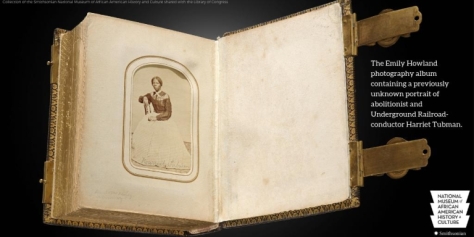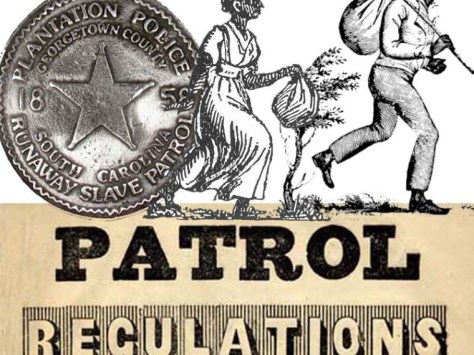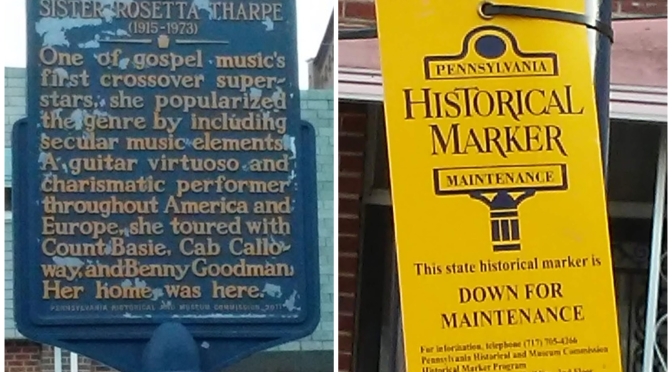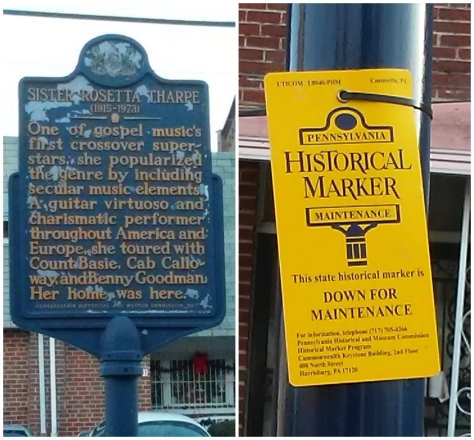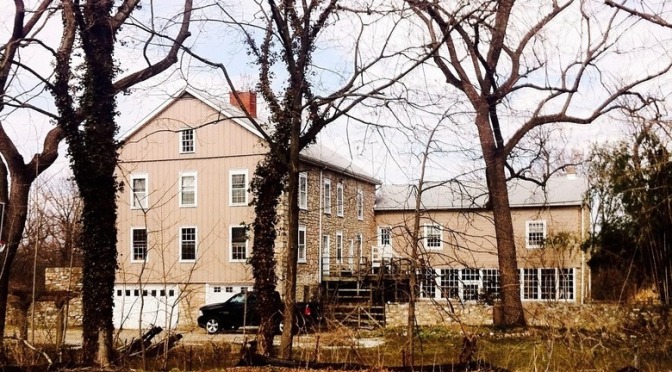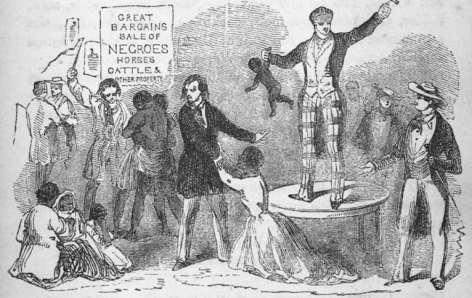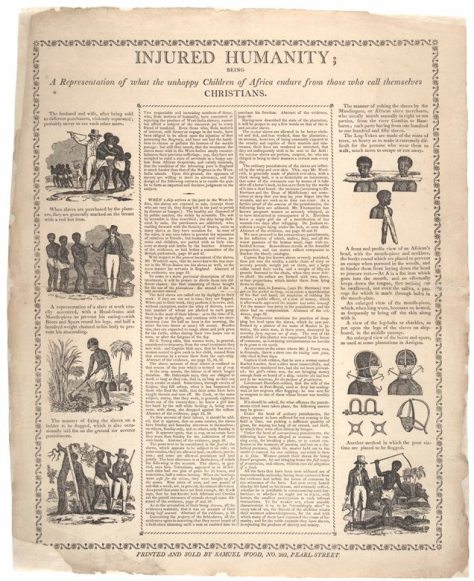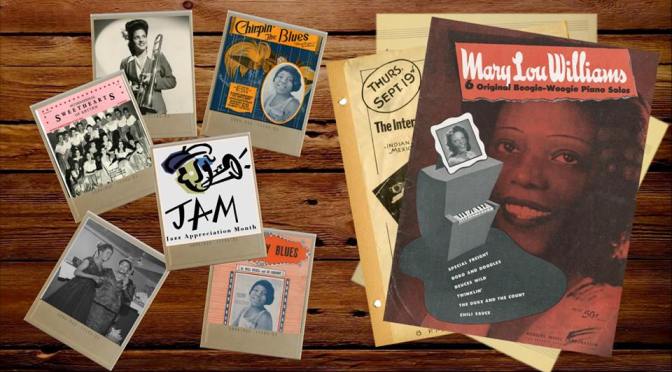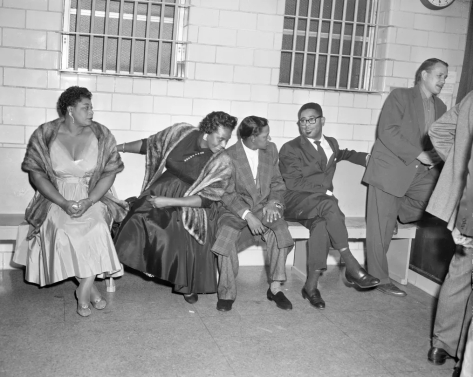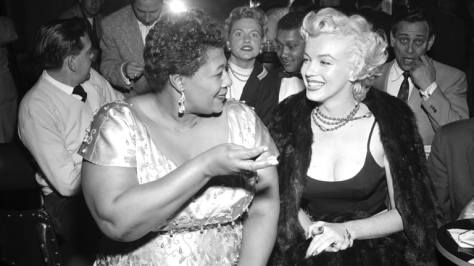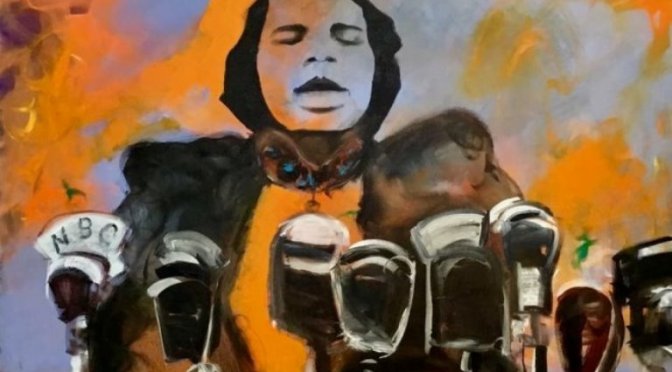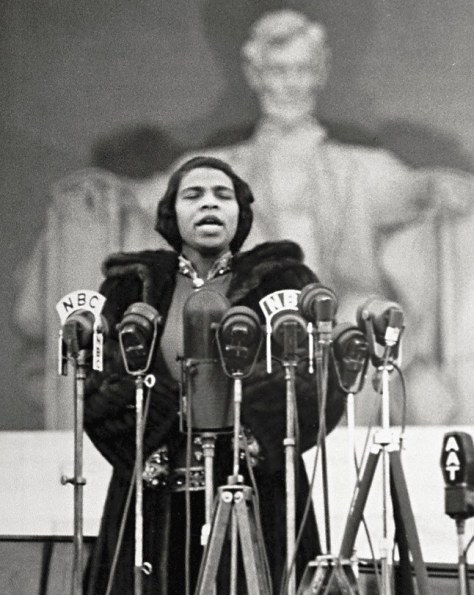May is Preservation Month, a time to celebrate historic places that matter to you. What matters to me is the loss of historic places that hold the ancestors’ stories of faith, resistance and triumph.

A recent report by the National Community Reinvestment Coalition found that Philadelphia has the fourth highest rate of gentrification. The 34-page report is encapsulated in a statement by Midwood Development & Investment CEO John Usdan who lays bare that gentrification and cultural displacement go hand-in-hand:
Because the city’s so rich in history and has all these great historic buildings and amazing places where you want to congregate, it’s exactly what the demographic moving to Philly wants.
The demographic moving to Philly does not look like the demographic that is being displaced. At the same time Usdan gushes over Philadelphia’s rich history, he plans to demolish the Henry Minton House. For Usdan, black history apparently is not American history.
As I commented before the Philadelphia Historical Commission when the property was nominated for listing on the local register, this places matters:
Henry Minton belonged to an elite guild of caterers and was a leader in the free black community. In The Philadelphia Negro, W.E.B. DuBois wrote that Minton “wielded great personal influence, aided the Abolition cause to no little degree, and made Philadelphia noted for its cultivated and well-to-do Negro citizens.”
There is not much more to add other than Minton provided freedom fighter John Brown “with bed and board” shortly before his raid upon Harper’s Ferry. It should also be noted that Minton is listed on the iconic Civil War poster, “Men of Color, To Arms!” Clearly, the nomination satisfies Criteria A and J for Designation.
The provenance of the front façade is a distraction. The property is not being nominated because of its architectural significance. So the National Register roadmap for evaluating integrity is irrelevant. Viewed through the African American lens, it’s not about bricks and mortar. It’s about recognizing that our stories matter. African American history matters.
Commission members acknowledged the property does indeed meet the criteria for designation. Still, they reversed the unanimous decision of the Committee on Historic Designation and voted to toss the building on the trash heap of history.
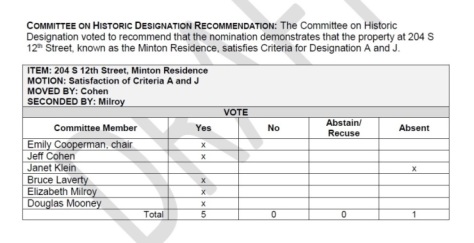

This year marks the 400th anniversary of the arrival of the first enslaved Africans to British North America. While African American history is more than slavery, our story begins with the arrival of “20 and odd Negroes” in Virginia. So whether one focuses on 1639 when the first enslaved Africans arrived in Philadelphia or 1939 when Billie Holiday first recorded “Strange Fruit,” the African American story cannot be told without Philadelphia.
So where’s our story? I will talk about disappearing blackness on WHYY Radio Times on Thursday, May 9, 2019, 10:00 – 11:00 am. The station can be heard in Philadelphia and New Jersey. You can join the conversation on Twitter (@whyyradiotimes) or call 888-477-9499.
Ironically, WHYY is in the footprint of Pennsylvania Hall, a purpose-built meeting place for abolitionists that was burned to the ground by a pro-slavery mob three days after it opened. Philadelphia’s mayor, firefighters and police stood by and did nothing.
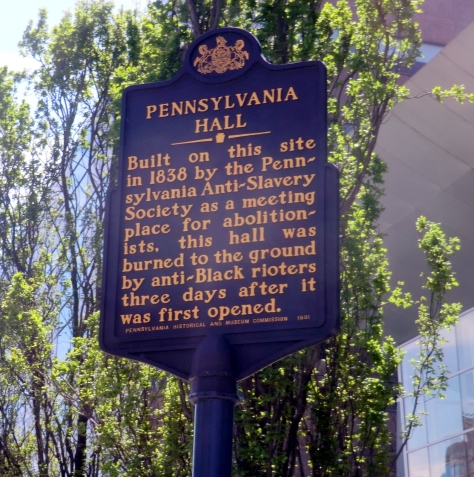

Fast forward to today, Philadelphia Mayor Jim Kenney does nothing as black presence is erased from public spaces.



